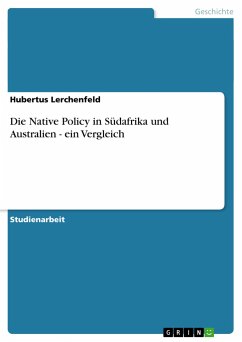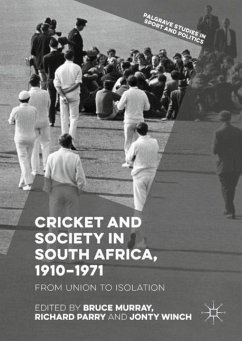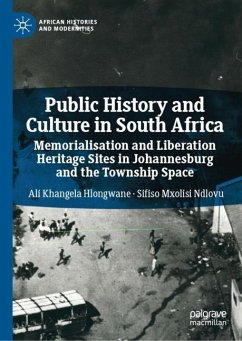Nicht lieferbar

New regionalism in the South - Mercosur and SADC in a comparative and interregional perspective
Versandkostenfrei!
Nicht lieferbar
In the first half of the 20th century, the Uruguayan artist and intellectual Joaquín Torres García drew an abstract map of South America that had the South pointed upwards, challenging the dominance of European culture in Latin American art, literature and philosophy. For Torres García, maps expressed how reality should be structured and his inversion was an exercise of de- and reconstructing a dominant order. Following Torres García's lead, this study of regionalisms, i.e. projects and ideas that construct a region beyond the nation-state, also proposes to turn the map upside down. Compar...
In the first half of the 20th century, the Uruguayan artist and intellectual Joaquín Torres García drew an abstract map of South America that had the South pointed upwards, challenging the dominance of European culture in Latin American art, literature and philosophy. For Torres García, maps expressed how reality should be structured and his inversion was an exercise of de- and reconstructing a dominant order. Following Torres García's lead, this study of regionalisms, i.e. projects and ideas that construct a region beyond the nation-state, also proposes to turn the map upside down. Comparing two regionalisms in the South - focusing on the Southern African Development Community (SADC) and Mercosur in South America - it seeks to surpass dominant normative approaches that either overemphasize Europe as a benchmark or depict regionalisms in the South as sui generis cases.Applying the current trends in the field, comparative regionalism and interregionalism, the study reconsiders theunderstanding of regionalism from a perspective on regional spaces in the South and comparing the regionalisms by de-contextualising them from their idiosyncratic environment and re-contextualising them in a global and interregional framework.












